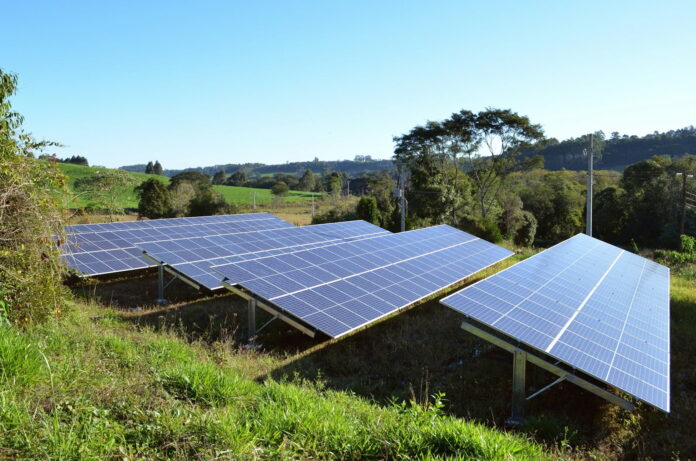With the ever-increasing demand for renewable energy sources, floating solar panels have emerged as a promising solution to some of the limitations posed by traditional photovoltaic systems. By utilizing water bodies, floating solar, also known as floatovoltaics, capitalizes on underused space and presents a series of unique advantages. This innovative approach to solar energy generation is gaining traction globally as nations strive to meet their energy needs while reducing their carbon footprint. However, the integration of floating solar panels into the energy mix is not without its challenges.
Harnessing Sunlight on Water
Floating solar panels represent a significant leap forward in renewable energy technology. By installing solar arrays on bodies of water, such as reservoirs, lakes, and ponds, valuable land resources can be preserved for agricultural or other uses. Furthermore, the cooling effect of water beneath the solar panels enhances their efficiency, as cooler temperatures generally improve electrical output. This synergy between water and sunlight not only maximizes energy generation but also reduces evaporation, thereby helping to conserve water – a critical benefit in regions prone to drought.
The versatility of floating solar installations is also a notable advantage. These systems can be designed to be scalable, allowing for gradual expansion as demand increases. They can be integrated into existing hydroelectric plants to form hybrid systems, harnessing both solar and water power for more consistent energy production. Additionally, the proximity to water means that these installations are often close to existing power infrastructure, reducing the need for lengthy transmission lines and minimizing energy loss during distribution.
Floating solar technology can become a source of local employment and innovation. The design, installation, and maintenance of such systems provide new opportunities for skilled labor and can stimulate local economies. By investing in this technology, communities not only advance their sustainability goals but also support economic development through job creation and technological advancement.
Navigating the Challenges Ahead
Despite the benefits, floating solar panels face several challenges that must be addressed to ensure their widespread adoption. One of the primary concerns is the potential impact on aquatic ecosystems. The presence of large structures on water bodies can alter light penetration and water temperature, potentially affecting fish and plant life. Therefore, careful site selection and environmental impact assessments are crucial to mitigate any negative effects.
The longevity and durability of floating solar installations are also under scrutiny. These systems must withstand various environmental conditions, including high winds, waves, and the corrosive nature of water, especially in marine environments. Ensuring that materials and anchoring methods are robust enough to survive these conditions is essential for the long-term success of floating solar projects.
Financing and regulatory hurdles present additional challenges. As a relatively new technology, floating solar may struggle to attract investment without proven track records of profitability and reliability. Governments and regulatory bodies need to establish clear guidelines and incentives to encourage the adoption of floating solar technology and to streamline the approval process for new projects.
Floating PVs: Ecological Impacts
The ecological impacts of floating solar panels can be both positive and negative. Positively, floating PV systems can reduce water evaporation, providing a boon to water conservation efforts, especially in arid regions. By covering the surface, they also limit algal blooms, which can be harmful to aquatic life and water quality. The shade provided by the panels can create a more diverse aquatic environment, potentially benefiting certain species.
On the flip side, there are concerns about the potential for habitat disruption. The installation of floating solar arrays may displace local wildlife and alter their natural behaviors. It is essential to conduct comprehensive studies on the local fauna and flora to ensure that the ecological balance is maintained. In addition, measures must be taken to prevent any leakage of hazardous materials from the solar panels into the water.
Lastly, while floating solar farms can mitigate some environmental issues, they may also introduce new ones. The manufacturing and decommissioning of solar panels involve processes that can be harmful to the environment if not managed properly. It’s crucial that the lifecycle of floating solar panels, from production to disposal, follows sustainable practices to minimize their overall environmental footprint.
Floating solar panels offer a promising avenue for expanding renewable energy capabilities across the globe. As societies strive to transition to sustainable energy sources, the benefits of utilizing unused water surfaces for energy generation can play a significant role. With enhanced efficiency, land conservation, and water savings, floating solar technology aligns well with environmental goals. However, the challenges ahead, including ecological impacts, technical concerns, and regulatory barriers, must be carefully managed. As the technology matures and solutions to these challenges are found, floating solar panels have the potential to become a mainstay in the renewable energy landscape, contributing to a cleaner, more sustainable future.
